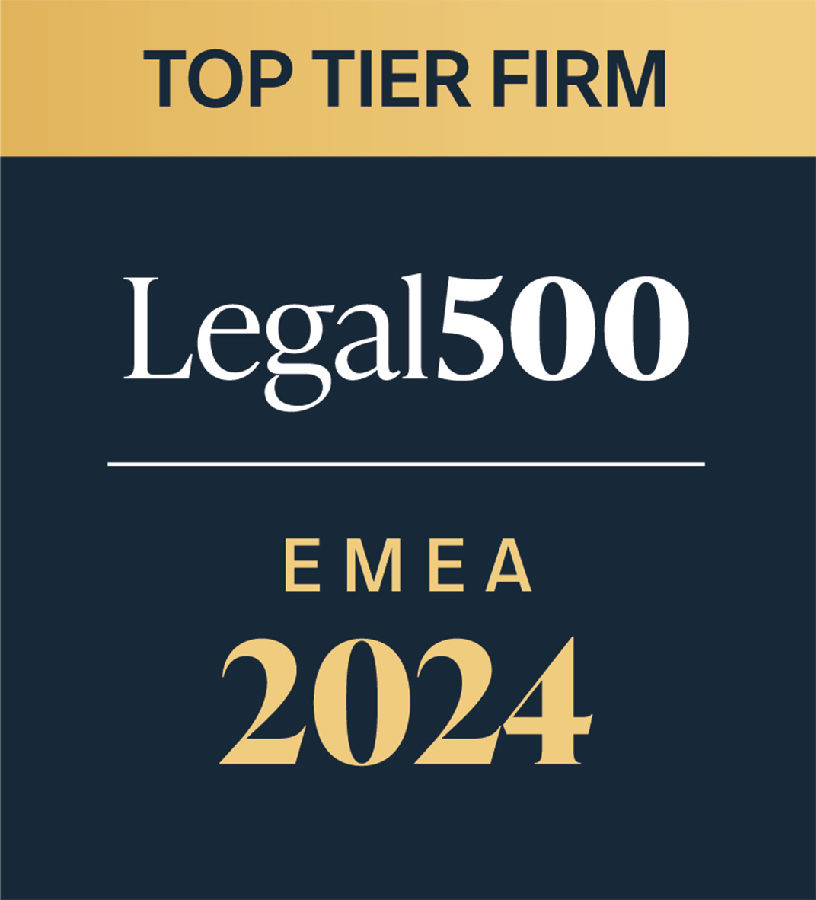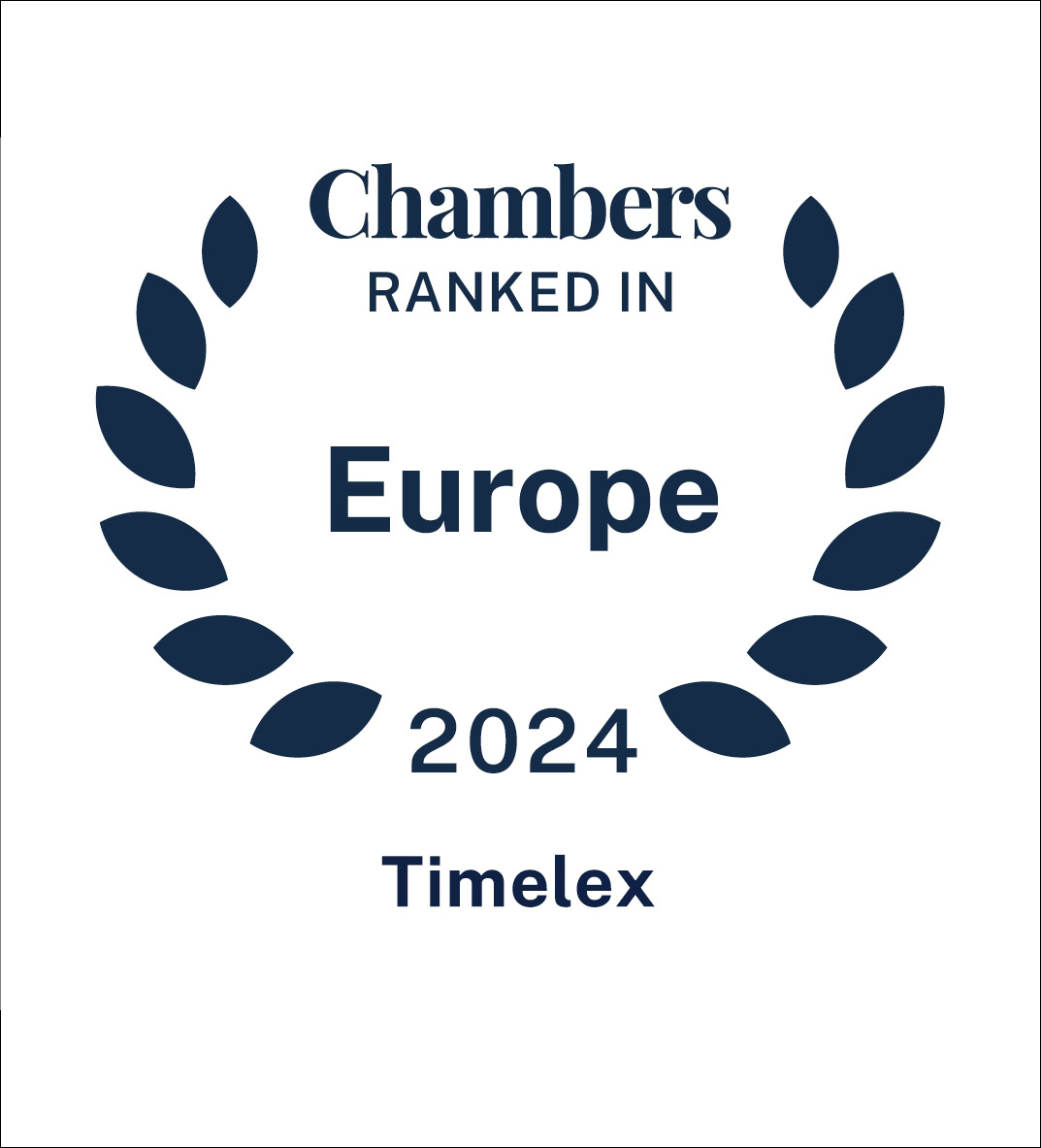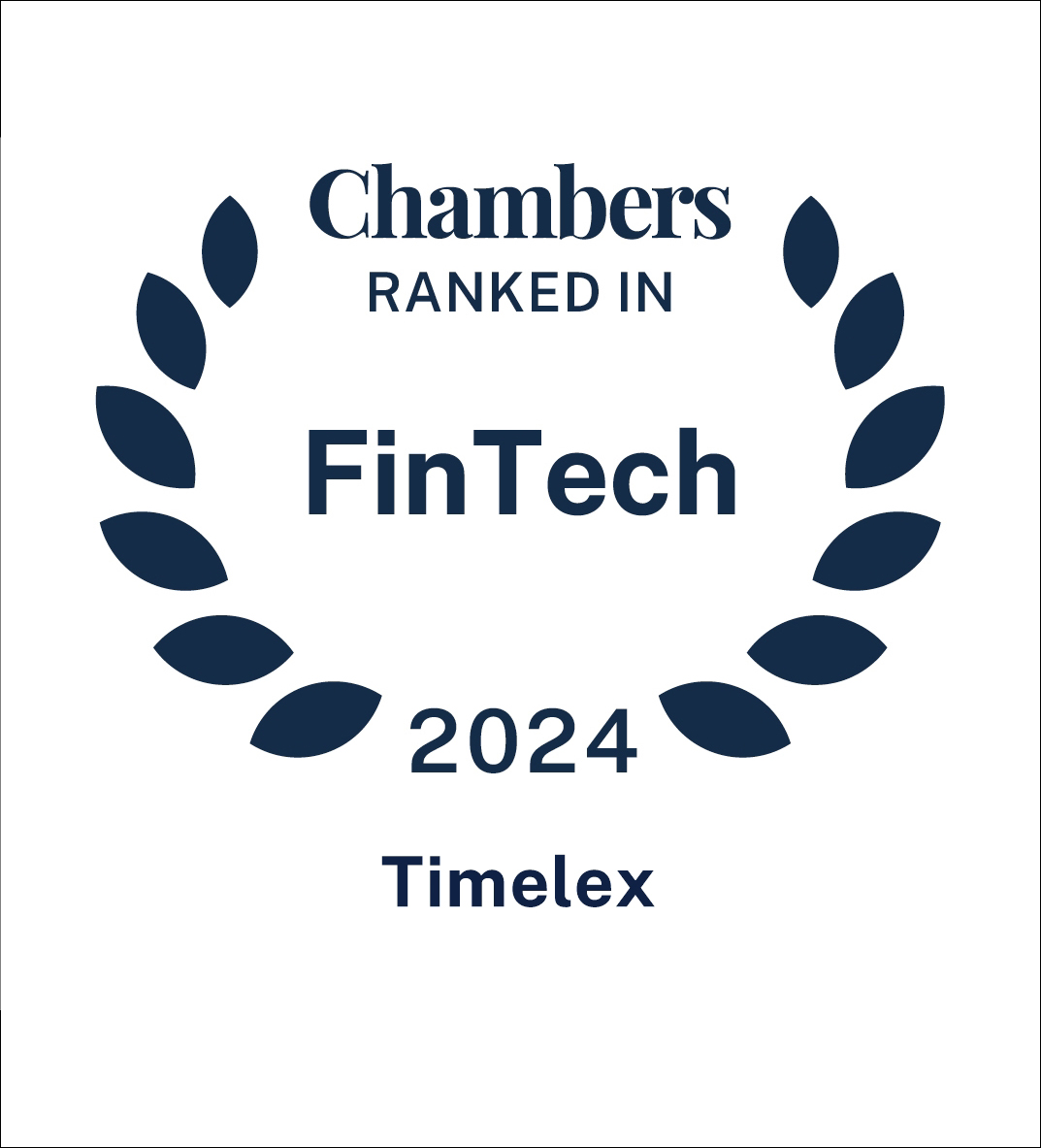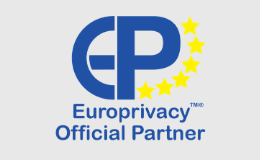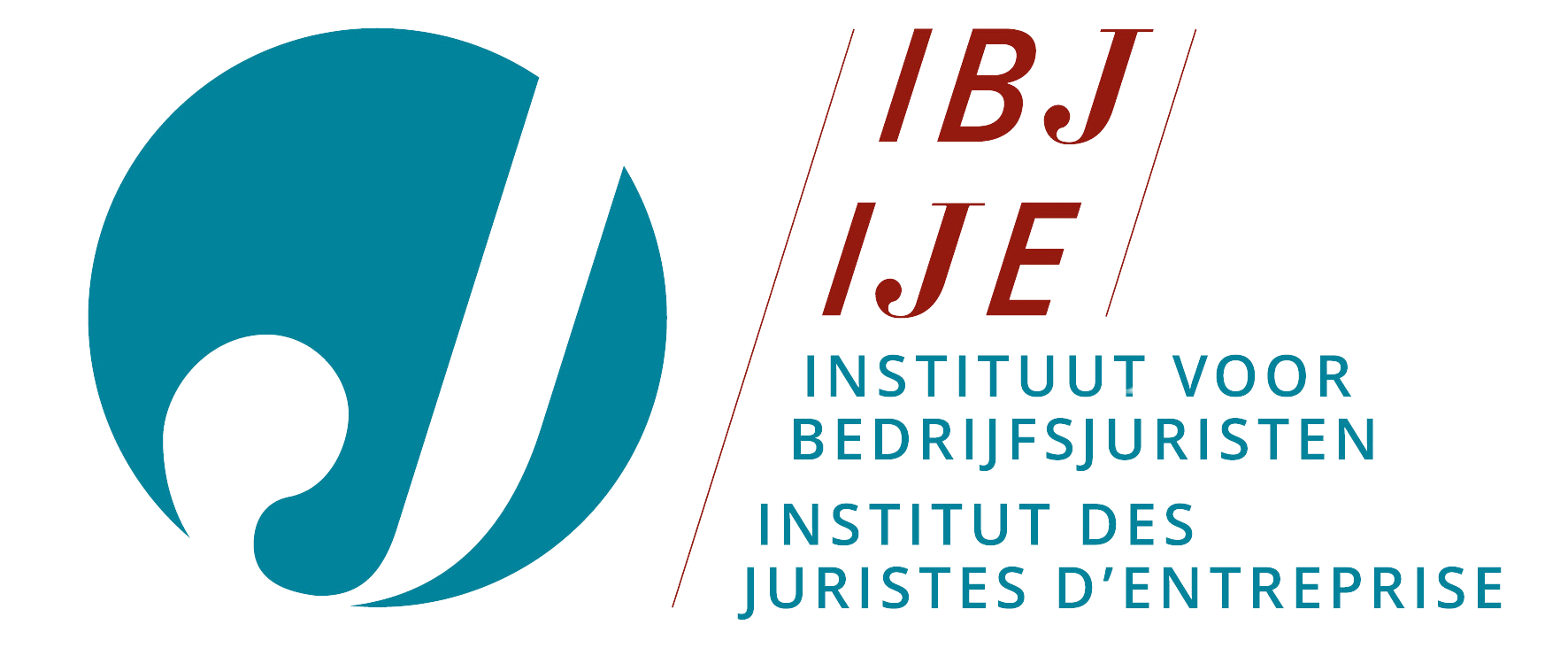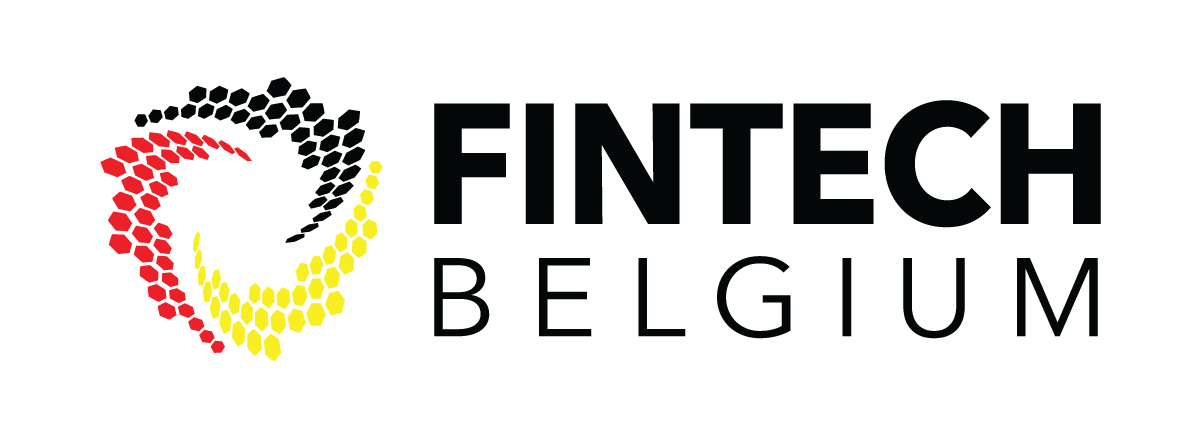Looking for?
MiCAR now applicable to asset-referenced tokens and e-money tokens
We have previously written about the adoption and core aspects of the Markets in Crypto-Assets Regulation (MiCAR). This framework has now taken the next step in becoming applicable across the EU.
Previously, MiCAR entered into force 20 days following its publication in the Official Journal of the European Union, on 29 June 2023. The same day, the provisions giving mandates to European regulators and the European Commission to adopt the necessary implementing regulations became applicable as well.
Now, on 30 June 2024, Titles III and IV of MiCAR are becoming applicable. These titles focus on asset-referenced tokens (ARTs) and e-money tokens (EMTs).
Last, the rest of the regulation will become applicable on 30 December 2024. This mainly concerns regular crypto-assets and the provisions on crypto-asset service providers (CASPs). These services include exchange services, advice, operating a trade platform, etc.
Asset-referenced tokens
Title III of MiCAR concerns the offering and admission to trading of ARTs. These are a form of crypto-asset that aims to maintain a stable value relative to one of more official currencies, and/or other assets such as commodities or other crypto-assets. As a result, ARTs are a form of stablecoins. An example here is PAXG, where each token is backed by one fine troy ounce of gold. Facebook’s Diem would have been another example. This token was supposed to maintain a stable value through being linked of a basket of official currencies.
ARTs may only be offered to the public by legal entities established in the EU and that have received an authorization thereto by their home Member State regulator. This procedure is comparable to existing licensing procedures under PSD2, EMD2 and MiFID2. While a few exemptions apply, most ARTs will now be subject to these rules. Also credit institutions may offer ARTs. While they won’t need a new authorization, they do need to inform their regulator about their intentions.
The issuance of ARTs also requires a white paper to be produced and published. This white paper will need to be approved by the regulator as well. The precise form and content of this white paper will still need to be determined by an implementing regulation.
ARTs in the EU are subject to a few restrictions. These will trigger when the ART reaches an average aggregate total of transactions higher than 1 million transactions and a value of EUR 200 million.
Issuers of ARTs are subject to specific conduct of business and prudential rules. They are also subject to own funds requirements and must maintain a reserve of assets – segregated from their own estate – which must serve to ensure redeemability at all times.
Moreover, certain larger asset-referenced tokens may be placed under EU supervision, rather than national supervision. These are the significant asset-referenced tokens that are subject to a few more stringent requirements.
E-money tokens
E-money tokens are another form of stablecoin, but this one being linked to only one single official currency. Typical examples here are the popular stablecoins USDC and USDT, which are both linked to the US Dollar. They are considered as a form of e-money and therefore subject to the requirements of the e-money framework. This means that they should be issued and be redeemable at par value and on receipt of funds and represent a claim on the issuer.
Under MiCAR, e-money tokens may only be issued by credit institutions or e-money institutions authorized under EMD2, and after notification of a white paper. Also here, the precise content and format of the white paper will still be specified.
Funds received by e-money token offerors may only be invested in secure, low-risk assets denominated in the same currency as the one referenced by the token. Also a recovery and redemption plan should be in place.
Also here, the European Banking Authority may classify certain e-money tokens as being significant e-money tokens. In such case, supervision will be transferred to the EBA and more stringent requirements will apply.
Next steps
Anyone wishing to offer an ART or EMT to the EU public will now have to comply with these requirements. For ARTs, this means obtaining a specific authorization, while for EMTs this means obtaining an EMI license. Also the white paper will require careful drafting, taking care to implement all the requirements imposed by both MiCAR and regulatory technical standards. Furthermore, all the conduct of business and prudential requirements will need to be implemented.
Next up is the big date of 30 December 2024 when MiCAR will become applicable in its entirety. All entities, including CASPs would do well to be fully prepared for this and to start their applications early. Only this will ensure that they can continue to provide their services under this new framework without costly business disruptions.
Do you need assistance with your MiCAR compliance or with obtaining a license under MiCAR? Please contact Timelex.
